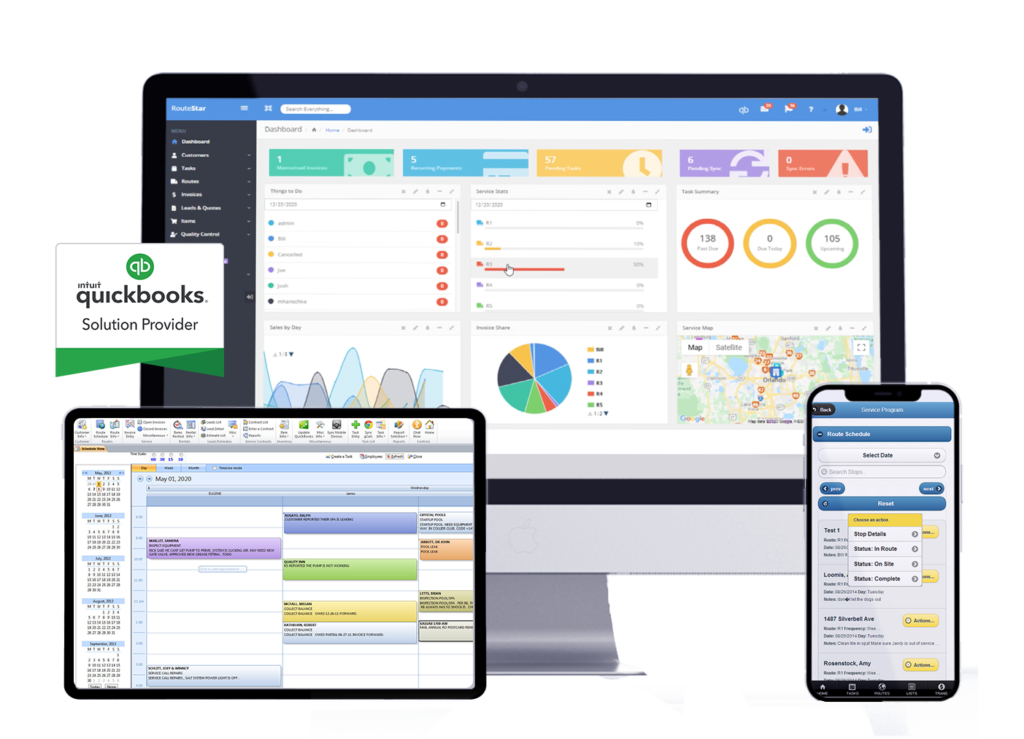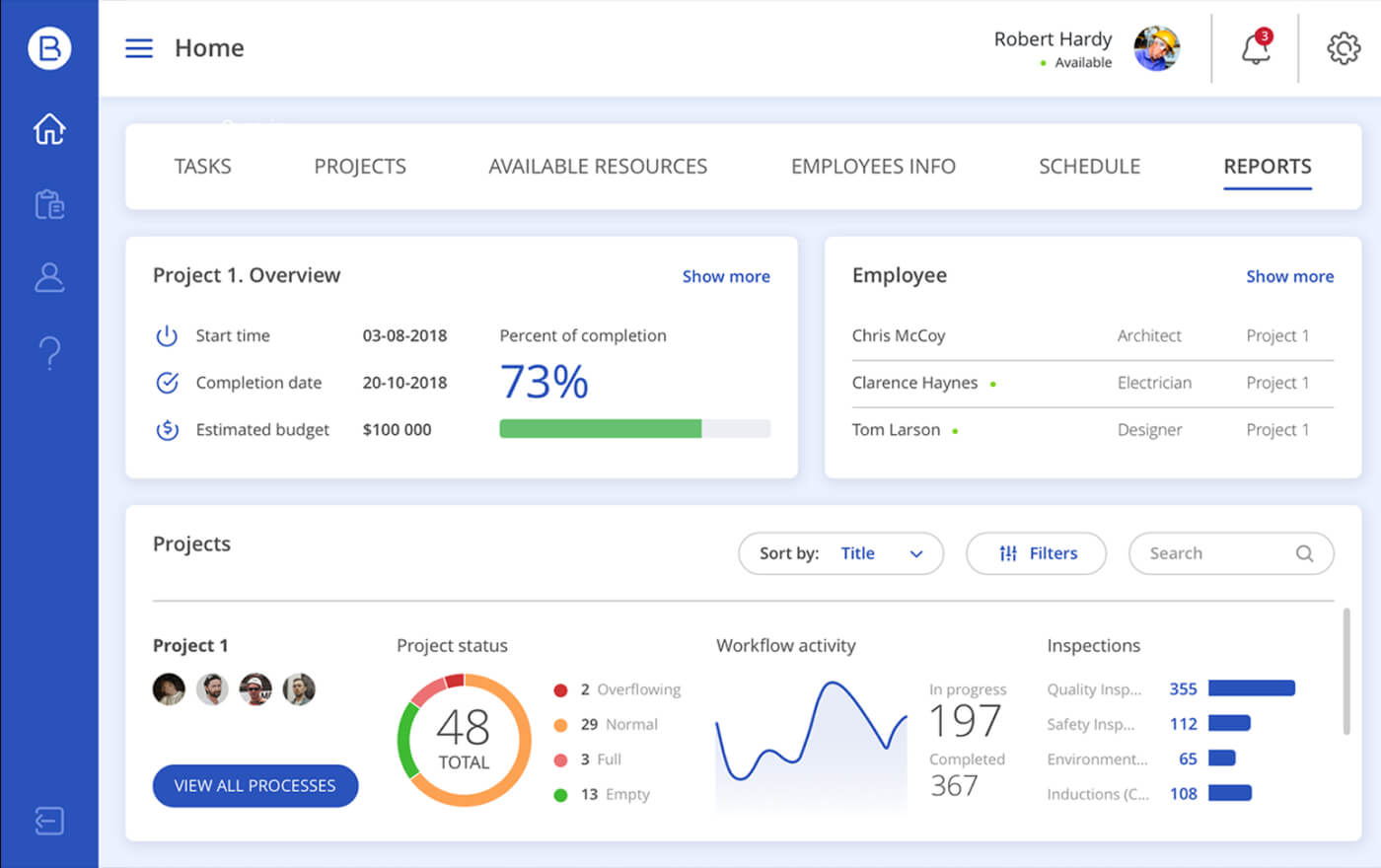Construction Software for Effective Project Planning and Implementation
Construction Software for Effective Project Planning and Implementation
Blog Article
Tailored Building And Construction Monitoring Software Program: Optimizing Source Allowance and Budgeting Methods
These innovative tools use a nuanced method to maximizing resource allowance and budgeting strategies, crucial components for effective project implementation. By diving into the details of how such software application can enhance resource appropriation methods and fine-tune spending plan optimization techniques, a clear path towards heightened job performance emerges.
Benefits of Tailored Software Application Solutions
Tailored software solutions offer a myriad of advantages to construction monitoring companies looking for to improve effectiveness and enhance operations. By tailoring software solutions to resolve task administration, scheduling, budgeting, and resource allocation, companies can enhance their process and achieve greater performance.
One more advantage of customized software program options is the ability to provide real-time understandings and analytics. Building management firms can take advantage of data-driven decision-making to keep an eye on job development, determine bottlenecks, and make changes immediately. This proactive strategy improves project end results and helps companies remain on track with timelines and budgets.

Improved Source Allotment Approaches
Executing effective resource allotment methods is important for building administration firms to enhance project outcomes and make the most of productivity. By leveraging construction management software that supplies real-time monitoring and reporting functions, firms can dynamically change allotments as project requires progress, leading to enhanced effectiveness and cost-effectiveness. construction software.
Moreover, improved source appropriation techniques enable construction companies to determine and address possible traffic jams or resource restraints proactively. By carrying out regular analyses of source usage and efficiency metrics, managers can make data-driven decisions to rearrange resources properly and stop delays. This aggressive method not only improves project timelines yet also decreases the danger of budget overruns because of inefficient source allocation.
Spending Plan Optimization Techniques
To attain ideal economic effectiveness in building and construction jobs, reliable budget plan optimization strategies play a critical duty in guaranteeing price control and project success. One crucial technique is the facility of an in-depth task budget that designates sources based on concern and critical requirements. By plainly defining the range of job, establishing reasonable expense price quotes, and continuously tracking expenditures, construction managers can determine possible cost overruns at an early stage and take restorative activities. Furthermore, executing worth design techniques can assist streamline job expenses without compromising high quality. This entails assessing each job component to determine possibilities for price financial savings while maintaining performance criteria. Leveraging historical data and industry benchmarks enables building supervisors to make educated decisions about budget allocations and identify locations where investing can be enhanced. By incorporating these budget plan optimization techniques into building and construction monitoring software program, job stakeholders can improve financial planning, source allowance, and general budget management to drive task success and earnings.

Influence On Project Effectiveness
Optimizing building and construction administration software can dramatically improve task effectiveness by streamlining communication, improving partnership, and facilitating data-driven decision-making. By systematizing project details, stakeholders can why not try here easily access real-time updates, lowering delays triggered by miscommunication or outdated data. Boosted collaboration attributes enable employee to collaborate seamlessly, regardless of their physical area, fostering a much more natural and productive workplace. Additionally, building monitoring software can supply beneficial insights with information analytics, permitting project managers to make educated choices quickly and accurately.
Furthermore, the automation of routine tasks such as scheduling, budget tracking, and resource allocation can free up valuable time for task groups to concentrate on essential tasks, inevitably quickening job shipment. The capability to check out here keep track of project progress in real-time and recognize possible traffic jams allows proactive problem-solving, preventing concerns from rising and triggering delays. Overall, the influence of customized building management software on task effectiveness is undeniable, offering an affordable advantage by optimizing operations and making best use of efficiency.
Future Trends in Construction Software
As the building and construction market proceeds to evolve, improvements in innovation are shaping the future landscape of building and construction software application remedies. One considerable trend on the horizon is the enhancing combination of expert system (AI) and artificial intelligence capabilities in building software. These innovations have the potential to reinvent how building projects are handled by making it possible for predictive analytics, automated decision-making procedures, and improved job understandings.
Another future pattern in construction software application is the expanding emphasis on cloud-based services. Cloud modern technology offers boosted adaptability, scalability, and ease of access for building and construction teams, enabling real-time partnership and information sharing across project stakeholders. This shift in the direction of cloud-based software program is expected to improve job performance, streamline communication, and enhance general task outcomes.
Additionally, the increase of Structure Details Modeling (BIM) is anticipated to proceed forming the construction software landscape. BIM software application assists in 3D modeling, visualization, and information you could check here monitoring, leading to enhanced project coordination, decreased errors, and boosted project outcomes. Accepting these future patterns in building software application will be vital for firms seeking to remain competitive and drive technology in the sector.
Conclusion
In conclusion, customized building and construction administration software application offers numerous advantages such as improved resource appropriation approaches and budget plan optimization techniques. This software program has a considerable influence on project performance by improving processes and boosting overall efficiency (construction project management software). As innovation continues to breakthrough, future patterns in building and construction software application are expected to additional optimize source allocation and budgeting approaches for building tasks
Report this page